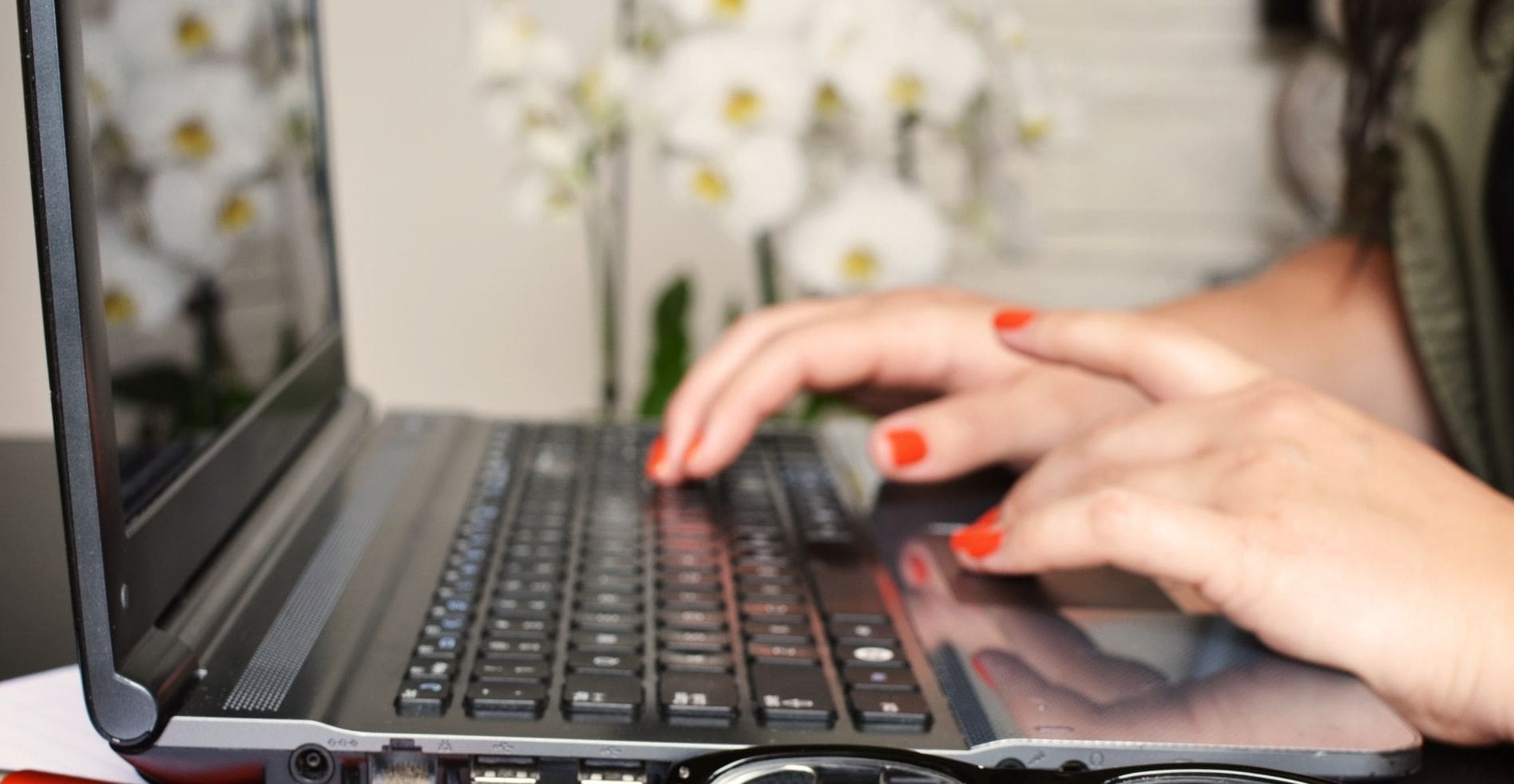How to Choose the Best Antivirus Software
Simplify your search for an antivirus software with this guide.
read morePublished on: January 1st, 2021

Distractions like a coworker with questions, a buzzing inbox, or incoming client requests pop up all the time. So how can you optimize your workflow to allow your uninterrupted time to be as efficient as possible? Whether you work from home or in the office, chances are you’re among the 1.3 million of us using a Microsoft computer with a Windows operating system. If you use these Windows 10 tips and tricks, you’ll be well on your way to more productive days.
Below is a list of the ten best-kept tips and tricks for Windows 10 and how to use them for maximum productivity!
Enable Focus Assist to keep the distractions at bay! This handy app allows you to turn notifications off while you work, and you can find it in the dashboard on your taskbar. Once enabled, you have the option of only allowing priority messages or alarms.
Keeping your events and reminders organized is an essential part of time management. There is an excellent shortcut for minimizing the time it takes to create those important notices. Click on the time/date box in the taskbar > select your date > enter the event, time, and location, and you’re good to go. The event you entered should show up in your Calendar app across all Windows 10 devices associated with your Microsoft account.
Click the Start button > Settings > Personalization > Start, and personalize the start menu to your tastes. You can choose which folders or apps show on the left-hand column, rearrange the tiles, and more. Why stop there when you can select a new background image, change your Windows theme to dark mode or light mode, and play around with accent colors for title bars and window borders? Take this opportunity to choose customizations that optimize your Start Menu for productivity and create a refreshing atmosphere.
If you’re not a fan of the new Start Menu and prefer the minimalism in the older version of Windows, use Windows key + X, or right-click the Start Menu icon in the taskbar. The non-tiled menu that appears lets you access windows like task manager, settings, and the control panel more efficiently.
Did you know you don’t have to click on the icons of pinned applications on your taskbar? Access those programs faster with a quick tap of the Windows key + the program’s corresponding function key. This shortcut is handy when you’re in the typing zone and would prefer not to take focus away from your keyboard.

If you find yourself needing to share quick tidbits of what you see with coworkers or want to take a snapshot of information instead of writing notes, this keyboard shortcut is for you. There are around seven ways to capture a screenshot in Windows 10. Try using our favorite by clicking Windows key + Shift + S to snip a selected area, perform a free form snip, or capture your entire screen.
When you handle many file extension types, seeing those extensions will make finding the correct version of an image or document much faster. To turn on file extension view, access your Search Bar and search for File Explorer Options. From the options window, select the View tab > uncheck Hide extensions for known file types > click Apply. Now when you open File Explorer, you will see each file’s extension type without hovering over it for the details box.
If you use multiple Windows 10 devices for work, consider enabling the Cloud Clipboard. When logged into the same Microsoft account, Cloud Clipboard uses your clipboard history to allow seamless use of links, photos, and copy and paste text across Windows 10 devices.
To enable Cloud Clipboard, press Windows key + V and click Turn On.
Whether you are aware of it or not, some apps continue to collect information, conduct updates, and send notifications even when you’re not actively using them. This activity, while occasionally useful, can drain your computer’s battery life leaving you with a dead device before the end of the day. To disable all background apps, open Settings > click Privacy > Background Apps, then toggle Let apps run in the background to Off. You can also scroll the page to select which apps to turn off manually. This trick preserves your computer’s battery power and allows active apps and windows to run at normal speed.
Free up disk space and create speedier functionality by deleting temporary files. Temporary files house data while a file is being created, processed, or used. Programs should delete these files once they close, but that isn’t always the case. Use your cursor to open the Search box, type Delete temporary files, and open the associated system settings window on your Windows PC. Click the temporary files section, and Windows will automatically check the boxes for files that you can delete to free up space like the cache for previous Windows updates, temporary internet files, and the recycling bin. Before removing the files, take a good look at what is selected and uncheck any boxes you think you may need.
The possibilities in Windows 10 shortcuts are plentiful! Use these convenient features to save time and minimize distractions. As always, if Windows 10 isn’t working properly or your device is malfunctioning, Computer Troubleshooters is here to help! Reach out to a local expert today and start using your Windows 10 computer to maximize productivity.
Simplify your search for an antivirus software with this guide.
read moreHave you received this notorious Windows error screen? Here’s how to fix it.
read more© 2025 Computer Troubleshooters. Privacy Policy | Terms of Service | Accessibility Statement